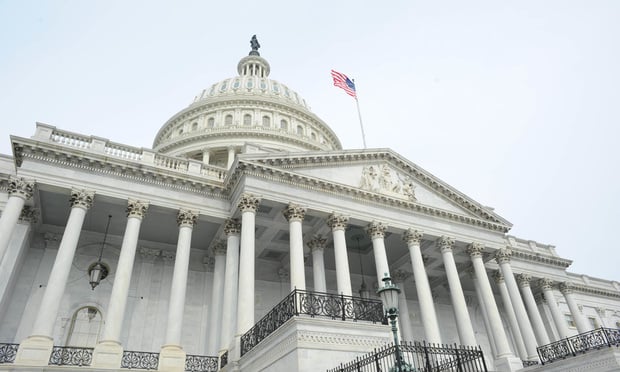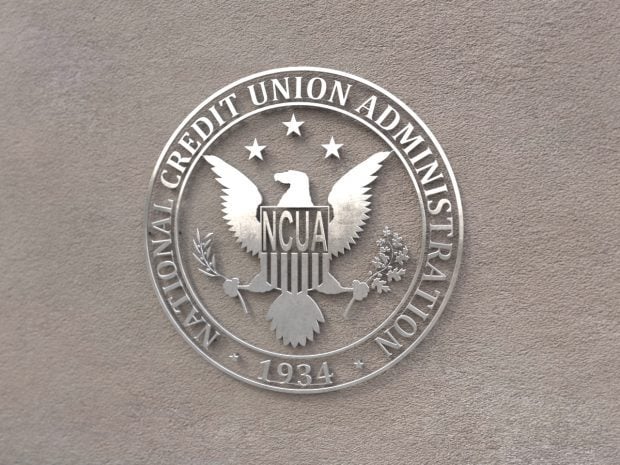 The first compliance deadline for employers—providing time off for workers to get inoculated and ensuring those who aren't vaccinated are wearing masks—is Dec. 5.
The first compliance deadline for employers—providing time off for workers to get inoculated and ensuring those who aren't vaccinated are wearing masks—is Dec. 5.
(Bloomberg Law) –OSHA has issued a federal rule mandating COVID-19 vaccinations or at least weekly testing for workers at U.S. companies with 100 or more employees.
The OSHA rules are a key pillar of President Joe Biden's push to use employer mandates to drive up vaccination totals nationally. Biden already has expanded the rules for federal workers and contractors, which will take effect over the next five weeks, requiring vaccination and offering no alternative for regular testing. The OSHA rules, while less strenuous, essentially extend that push widely into the private sector.
Recommended For You
Biden—elected in part on a pledge to quell the pandemic—views vaccination as the fastest path to reopening society and the economy, including employer mandates, booster shots and vaccines for kids aged 5 to 11 that began this week. About 80% of U.S. adults have received at least one dose.
The requirement published by the Occupational Safety and Health Administration in the Federal Register Thursday takes effect Friday. The first compliance deadline for employers—providing time off for workers to get inoculated and ensuring those who aren't vaccinated are wearing masks—is Dec. 5. Workers must be fully vaccinated by Jan. 4 or submit to testing.
The safety agency measure was announced in conjunction with a separate Centers for Medicare and Medicaid Services vaccination requirement covering health care workers at its 76,000 participating hospitals and other facilities. Enforcement for it too starts Jan. 4.
The emergency temporary standard, which OSHA justified by citing the "grave danger" posed by the lingering Coronavirus pandemic, requires covered employers to develop, implement, and enforce a mandatory COVID-19 vaccination policy or a policy requiring employees to choose either to get vaccinated or to undergo regular COVID-19 testing and wear a face covering at work.
In addition to requiring employers to provide paid time off for workers to get vaccinated, the ETS also mandates paid sick leave for them to recover from any side effects, the officials said.
Employers not enforcing OSHA's newest rule could be cited by the agency and face a fine of up to $13,653 for each serious violation. A willful violation, essentially an employer deliberately disregarding the mandate, could lead to a fine as high as $136,532.
Effect on states
Implementation of the standard in any of the 22 states with their own worker safety agencies for private industry—such as California, Arizona, Michigan, and South Carolina—could be delayed as governments decide whether to accept the standard as written, modify it, or draft an equivalent or more protective rule. Each state has 30 days to implement a standard, officials said.
Those 22 states and six more states with safety agencies covering only government employees—such as New York, New Jersey, and Illinois—also will be required to apply the standard to local and state government workers.
Public employees in states that don't have their own safety agency—including Texas, Florida, and Ohio—won't be covered by the federal mandate, which otherwise applies to just private employers.
Several Republican states' attorneys general have vowed to sue in an effort to block the initiative.
Encountering resistance
The simultaneous OSHA and CMS mandates, announced about 10 months after the first effective COVID-19 vaccines became available, follow earlier mandates pertaining to health-care workers and employees of federal contractors. In the aggregate, two-thirds of all U.S. workers will now be covered by at least one of those vaccination requirements, according to the administration.
Confronted with resistance to inoculation, particularly in southern states and often egged on by opposing politicians, President Joe Biden on Sept. 9 ordered the federal workplace safety agency to develop its emergency temporary standard. To do that, OSHA bypassed meetings with employer and worker representatives.
Instead, the White House's Office of Information and Regulatory Affairs scheduled more than 100 meetings with companies, business groups, unions, and others. During those sessions, employers often asked for enforcement of the standard to be delayed until after the holiday shopping season to give employers adequate time to have compliance programs in place to allow workers up to six week to be considered "fully vaccinated."
Earlier this year, it took OSHA and the Biden administration five months to issue the emergency temporary standard for health-care facilities where workers treat COVID-19 patients. That standard was enacted June 21.
The OSHA standards can last for six months after which they must be replaced by a permanent regulation.
© 2025 ALM Global, LLC, All Rights Reserved. Request academic re-use from www.copyright.com. All other uses, submit a request to [email protected]. For more information visit Asset & Logo Licensing.







